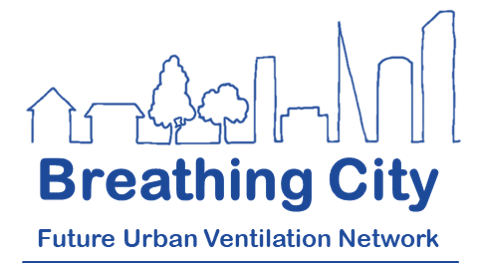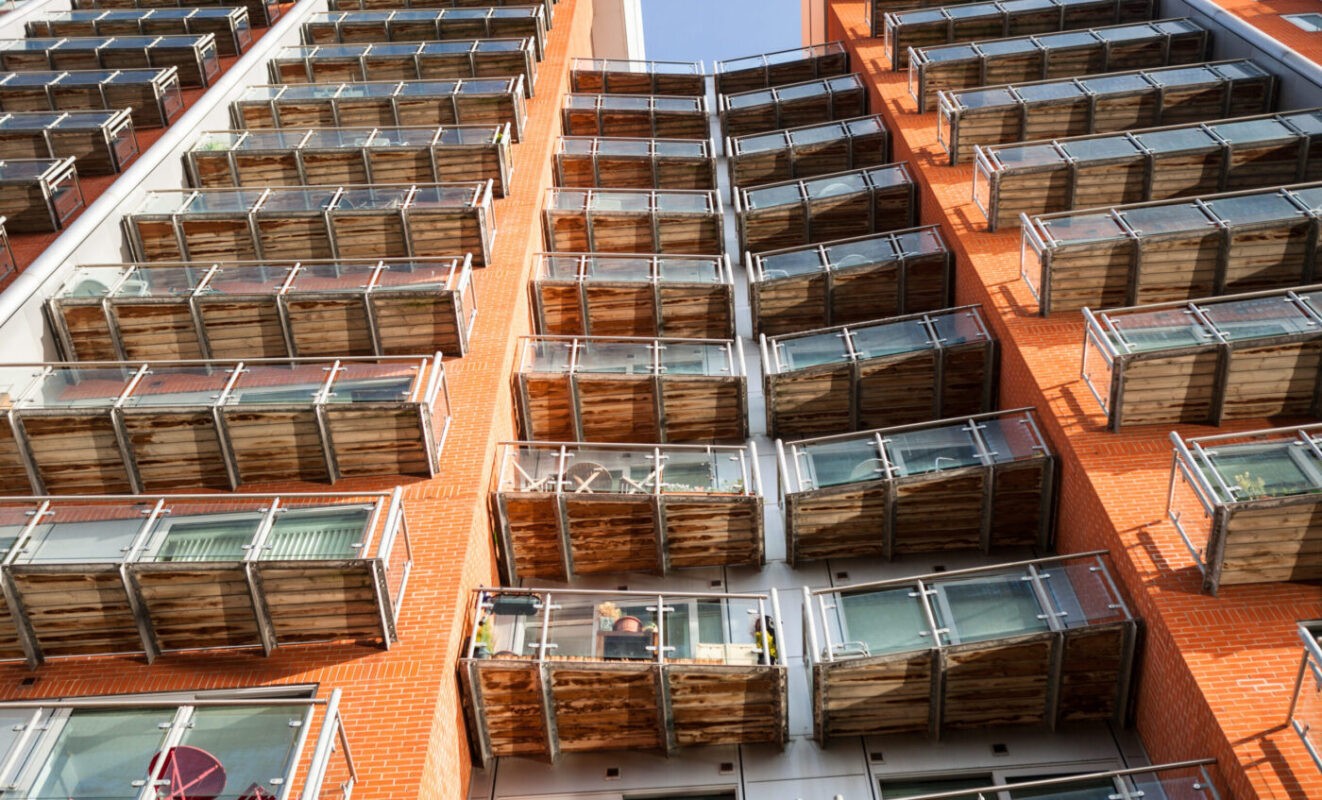Leading engineers, including Breathing City PI Prof. Cath Noakes, say the importance of ventilation in the built environment is too often neglected, and have highlighted how the Covid-19 pandemic has emphasised flaws in the design, management and operation of buildings.
The report, commissioned by the Government Chief Scientific Adviser, Sir Patrick Vallance, provides a review of actions to make infrastructure more resilient to infection. Overlooking ventilation, the authors say, ‘will disrupt management of pandemics, impose high financial and health costs on society, and constrain our ability to address other challenges such as climate change’. They are calling for a transformational change to the design and management of buildings to create good, healthy and sustainable environments for those who use them.
The report provides nine recommendations. These are:
- Government should provide support to map the knowledge and skills requirements across the building industry, general businesses, and the engineering professions to manage buildings in a way which minimises infection risks. It should then work with professional bodies, sector skills organisations and training boards to put in place plans to address the skills gaps identified.
- Working with the National Core Studies Programme, UKRI and the National Academies, government should put in place an action plan to address key research gaps on an accelerated basis.
- Government should undertake a rapid review of the capacity and capability requirements among regulators (including local authorities) to support and enforce standards in maintaining buildings for public health.
- Demonstration projects should be commissioned to fill specific knowledge gaps to underwrite regulation and enforcement such as the acceptable minimum standards for ventilation to manage infection risk.
- Government policy on net zero must be developed in a way that is consistent with priorities around indoor air quality and making buildings resilient to infection.
- Government and its agencies should collaborate to rapidly develop and deliver clear communications aimed at building owners and operators with the lowest capability, emphasising the importance of improving ventilation whilst maintaining wider good practice on infection control.
- Communications should be accompanied by guidance, available via trusted and widely accessible sources, to support owners and operators to establish an appropriate balance of measures to manage infection risks, alongside thermal comfort, air quality and energy efficiency.
- Government and professional engineering bodies should provide rapid and specific technical guidance to enable owners and operators to select and effectively implement appropriate technology (e.g. conventional ventilation systems, CO2 monitoring).
- Government should provide incentives to encourage private and public sector organisations to improve the poorest performing spaces in buildings.
You can read the full report here


